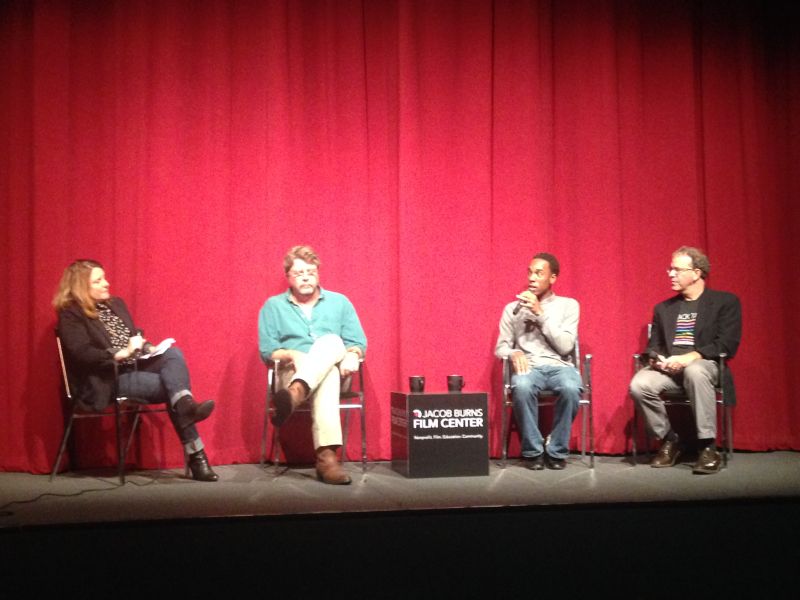Pace Partners with Burns Film Center for “Focus on Nature”
The end of October signaled the close of the Focus on Nature series, a month-long collaboration between the Jacob Burns Film Center and Pace University.
From October 8 to the 28, the Burns Film Center ran a total of six films centered on different environmental topics, ranging from tigers in India to the launch of the international environmental organization Greenpeace.
The series allowed for extensive participation not only from Pace but also from the greater Pleasantville community by calling on professors, journalists, activists, filmmakers, students, and local community members to come together for an October filled with movie-watching and engaging discussions.
Senior Fellow for Environmental Understanding at the Pace Academy for Applied Environmental Studies Andrew Revkin attended some of the films and acted as moderator for post-screening discussions of Tiger Tiger and After the Spill. At those sessions, Revkin spoke with filmmakers George Butler and Jon Bowemaster, who worked on each of those films, respectively.
According to Revkin, Pace’s Environmental Studies Department had hoped for and worked toward this kind of deep connection with those working closely on environmental issues since last spring, when the Burns Film Center hosted the premier of Curaçao’s Coral Challenge, a film produced by Pace’s documentary-making travel course.
Curaçao’s Coral Challenge, which centered on coral reefs and their environmental degradation, is similar to the type of independent and environmentally motivated films featured in Focus on Nature.
Since then, Pace has been working with the Burns Film Center to create more of these crossover programs. Evidence of the successes of this collaboration was clear at the film screenings, a few of which had full houses. Free tickets were given out to interested environmental studies and sciences students.
“The Focus on Nature series is a result [of Pace and Jacob Burns working together], and shows how we can cross the boundaries between academic institutions and nearby organizations with a similar focus to create great events and partnerships,” said Revkin, who also blogs at the New York Times Dot Earth blog.
Revkin was not the only Pace faculty to attend.
The majority of panel discussions after the movies included Pace personnel, such as Senior Fellow in Environmental Affairs at the Pace Academy for Applied Environmental Studies John Cronin, Pace Environmental Studies Student and President of N.A.T.U.R.E. Club Anthony Morgan-Jones, and Chair of the Department of Environmental Studies and Sciences Melanie DuPuis, not to mention many of the students and professors in the audience.
In an email, DuPuis said the “opportunity came around from [Director of Development for Dyson College of Arts and Sciences] Anne Bishop, who put [the Department of Environmental Studies and Sciences] in touch with the Burns [Film] Center.”
Staff and students were then selected from the Department to participate in the question and answer sessions that followed the films.
Pace students were not the only ones who benefited from the series.
The pamphlet for Focus on Nature claims that the series “is a [Jacob Burns Film Center] education initiative that integrates visual storytelling, science, and media.”
Three local schools incorporated Focus on Nature into their curriculum last year and 100 students made short films and other projects during this experience. A select few of those films were screened after the family-friendly Focus on Nature movie Mysteries of the Unseen World, allowing student filmmakers the unique chance to see their products on the big screen.
Focus on Nature has given Pace students the kind of opportunity usually found in film festivals, which allow for receptions, photo ops, question-and-answer panel discussions, a chance to meet the filmmakers, and, of course, the presentations of incredibly well-made independent movies.
Your donation supports independent, student-run journalism at Pace University. Support the Pace Chronicle to help cover publishing costs.


